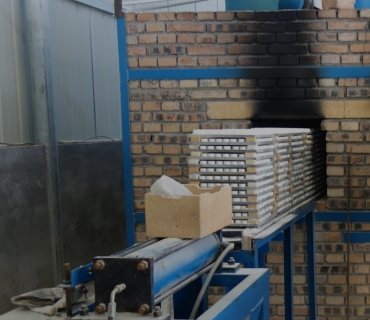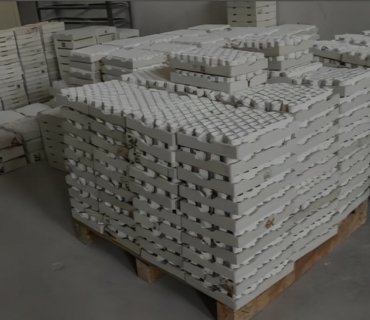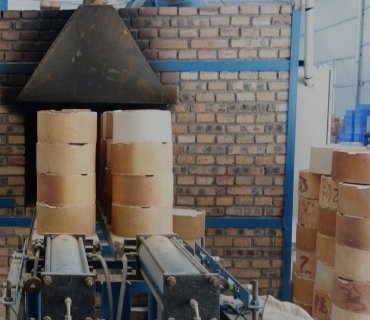Overview
As a high-performance material, the performance of advanced ceramics depends not only on the forming process, but also on the sintering process, which is an indispensable and key step. Sintering is the process of densifying the ceramic body by heating to form a material with a specific microstructure and performance.

the essence of ceramic sintering
Firing and sintering of ceramics are two different concepts. The following table distinguishes and explains the two.Because the firing stage of ceramics focuses on the process of powder filling pores at high temperatures, sintering is a crucial part of the firing process. Therefore, it’s customary to loosely define firing and sintering as equivalent processes. Specifically, sintering refers to the densification process of a porous ceramic body at high temperatures, which reduces the surface area of the powder particles, lowers the porosity, and improves mechanical properties.
| Item | Firing | Sintering |
| Change | physical and chemical changes | physical changes |
| Range | Wide range, including sintering | Small range, belongs to firing |
| Definition | Dehydration, gas decomposition in the green body, multiphase reaction and melting, dissolution, formation of mineral composition, densification, and formation of microstructure. | simple physical process in which powder is densified by heat. |
There are many sintering methods for ceramic products, and choosing the right sintering method is key to achieving the desired structure and desired properties in advanced ceramics. Pressureless Sintering (PLS) is often used in traditional ceramic production because it is performed under normal atmospheric conditions, without a special atmosphere, and offers lower production costs than specialized sintering methods. Pressureless Sintering is suitable for our most conventional ceramic materials, such as structural ceramics such as alumina (Al₂O₃) and zirconia (ZrO₂).
Ceramic sintering – important ceramic manufacturing process
During the sintering process, the ceramic body undergoes a series of physical and chemical changes, including expansion, contraction, gas generation, liquid phase formation, disappearance of old phases, and formation of new phases. The quality of ceramic sintering is often reflected by physical indicators such as sintering shrinkage, strength, apparent density, and porosity.
Different ceramic materials, temperatures, atmospheres, and pressures will produce different changes, which determine the quality and performance of ceramic products.
Time and cost
The time required for ceramic sintering accounts for 1/4 to 1/3 of the entire production cycle of ceramic products, and the required cost accounts for about 40% of the total product cost.
Product quality assurance
Correctly designing and selecting firing kilns, scientifically formulating sintering process parameters and technical documents, scientifically and rationally stacking batches of ceramic blanks, and strictly implementing sintering operation specifications are necessary guarantees for improving product quality and reducing fuel consumption.
When sintering industrial ceramic products, special sintering methods sometimes need to be considered, including: low temperature sintering, hot pressing sintering, hot isostatic pressing sintering, atmosphere sintering, microwave sintering, spark plasma sintering, etc.
Increasing the sintering temperature facilitates solid-phase diffusion, but simply increasing the sintering temperature wastes fuel and is uneconomical. Furthermore, excessively high sintering temperatures can lead to secondary recrystallization, deteriorating product performance. In sintering with a liquid phase, excessively high temperatures increase the liquid phase, decrease viscosity, and cause product deformation. Therefore, the sintering temperature must be properly controlled.
Both melting and sintering are caused by atomic thermal vibrations, but in melting all components are transformed into liquid phase, while in sintering at least one component is in solid phase. Sintering is carried out at a temperature far below the melting temperature of the main components.






